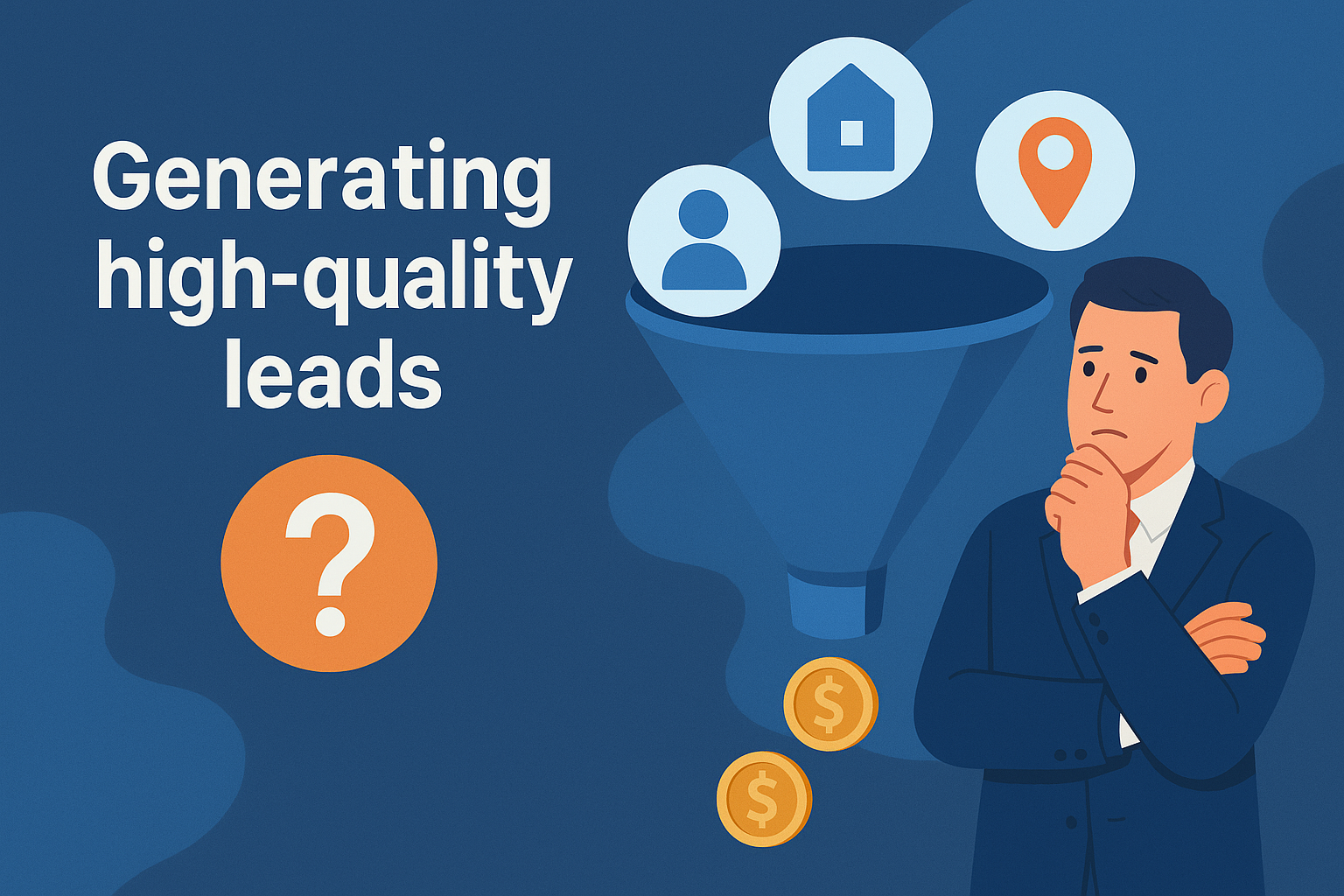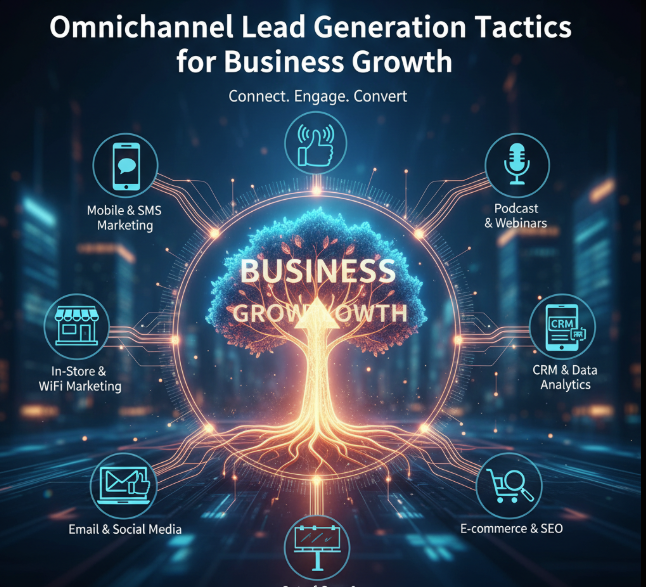Latest


What are the Top Challenges in B2B Lead Generation Today?
The “end goal” of every B2B company is to generate high-quality leads that are easy to close. However, in today’s highly competitive landscape, it is ...






